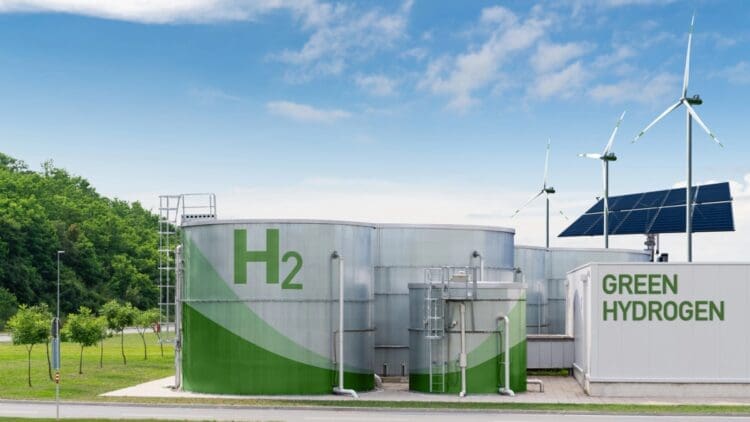The international community is fast-tracking the deployment of hydrogen projects across several nations. In that vein, Germany’s renewable energy sector has been boosted by the news that the Bad Lauchstädt hydrogen project has moved passed the planning, towards the assembly phase. Germany is among the European nations that have embraced the renewable energy sector with open arms. More than half of 2024’s energy consumption in Germany came from the renewable energy sector.
Germany has become the cornerstone of the renewable energy sector in Europe
While the inevitable transition away from fossil fuels has led many nations to search for viable alternatives to meet energy demand, Germany has taken a significant step toward becoming the regional leader in the practical deployment of hydrogen projects.
For any project, navigating through the planning phase towards the assembly phase is a crucial milestone. Germany is universally renowned for its exceedingly efficient engineering prowess and attention to detail. So it should come as no surprise that the nation has passed the planning phase of the hydrogen facility at the Bad Lauchstädt energy hub in central Germany.
Germany’s government reported that the first electrolyzer stacks have arrived at the Bad Lauchstädt Energy Park, marking a major step towards the commissioning of the hydrogen plant. This delivery marks the beginning of assembly for what will become one of Europe’s largest hydrogen pilot facilities.
The delivery of the electrolyzer stacks follows years of planning by the consortia, which is made up of VNG Handel & Vertrieb GmbH and Uniper. The electrolyzer was built by Sunfire in Dresden and features advanced alkaline electrolysis technology. The project forms part of a broader initiative being developed by the German government to increase the standing and reputation of the renewable energy sector.
“The technology used works and is suitable for practical use. The energy transition and industry belong together. Climate targets can only be achieved through industrial implementation.” – Bad Lauchstädt hydrogen project leader
The milestone highlights not just technical progress, but growing investor and political confidence in hydrogen
Hydrogen has been lurking in the shadows of the international energy sector for a very long time, just waiting for the perfect opportunity to overtake solar power as the go-to renewable energy source. However, several nations have stagnated in their approach to the hydrogen sector, citing increased operating costs and a lack of investment.
Once the assembly of the electrolyzer stacks is complete, the technical commissioning of the 30 MW electrolysis plant will begin and is due to be completed by the end of the year.
The pressurized alkaline electrolyzer consists of three modules, each with an output of 10 MW. The milestone assembly of these electrolyzers marks a significant shift in Germany’s energy sector as it aims to increase its reliance on the renewable energy sector. As the largest energy countries in the world invest billions of dollars in hydrogen, Germany has taken a step towards becoming the cornerstone of the European hydrogen sector.
The Bad Lauchstädt Energy Park shows the economic viability of the hydrogen sector in Europe
The Bad Lauchstädt Energy Park is among the first of its kind in Germany. The pilot project will allow the hydrogen sector to see vast amounts of money being invested, further strengthening the economic viability of hydrogen. Hydrogen fuel has also seen a massive boost in recent months as Mitsubishi Power has completed hydrogen fuel conversion at a major Egyptian refinery. As the end of the conventional energy sector edges ever closer, hydrogen has emerged as the most pragmatic solution to the world’s energy needs. Germany has the potential to become the cornerstone of the European hydrogen sector.





